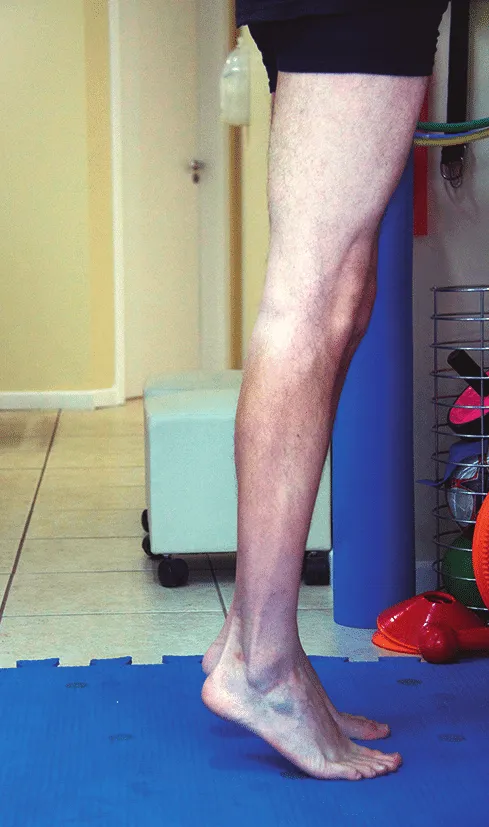Spider veins also known as telangiectasias are small dilated blood vessels near the skin’s surface often in a spider web or branching pattern. They are usually found on the legs or face but can occur anywhere on the body. Spider veins are not usually a severe medical condition but they can be unsightly and uncomfortable. What are the causes of spider veins and how to prevent spider vein from developing? Read on to find out.
Causes of Spider Veins
Various factors including genetics lifestyle and medical conditions cause spider veins. Below are some of the most frequent reasons for spider veins.
Genetics
Genetics is a major factor behind spider veins. If your parents or other close family members have spider veins you are more likely to develop them. The reason is that some people have weak or faulty valves in their veins since childbirth which can cause blood to pool and veins to become enlarged.
Age
As you age your veins lose elasticity and move blood back to the heart less efficiently. This can lead to blood pooling and spider veins.
Pregnancy
Pregnancy puts a lot of strain on a woman’s circulatory system and spider veins are a common side effect. This is because the growing uterus can pressure the veins in the pelvis which can cause blood to pool in the legs.
Obesity
Being overweight or obese can put extra pressure on your veins causing them to become enlarged and visible.
Sedentary Lifestyle
Sitting or standing for long periods can put pressure on your veins and cause them to become enlarged. People who sit or stand for long periods at work are at particular risk.
Medical Conditions
Certain medical conditions increase your chances of developing spider veins. These include Varicose veins These are enlarged veins you can see and feel beneath the skin. Faulty valves cause them in the veins that allow blood to flow backward and pool in the veins.
Deep vein thrombosis: It is a blood clot that forms in a deep vein usually in the leg. This can cause pain, swelling and other complications.
Hormonal changes: Changes in hormone levels such as during puberty menopause or while taking birth control pills, can increase your risk of developing spider veins.
How to Prevent Spider Veins?
Exercise Regularly
Physical activity can improve circulation and reduce your risk of developing spider veins. Try getting 30 minutes of exercise most days of the week.
Maintain a Healthy Weight
Maintaining a healthy weight can reduce the pressure on your veins and help prevent spider veins.
Avoid Prolonged Sitting or Standing
If you sit or stand for long periods at work take frequent breaks to move around and stretch your legs. If you have a desk job consider using a standing desk or taking short walks during your breaks.
Elevate Your Legs
If you spend much time on your feet try to elevate your legs whenever possible. This can help improve circulation and reduce your risk of developing spider veins.
Wear Compression Stockings
Compression stockings can help improve circulation and reduce your risk of developing spider veins. They work by applying pressure to the legs which help to push blood back up to the heart.
Spider veins are a common condition that a variety of factors, including genetics, age, pregnancy obesity and a sedentary lifestyle can cause. You can prevent a spider vein with the proper treatment and lifestyle changes. Engaging in regular exercise, keeping a healthy weight and avoiding prolonged sitting or standing, elevating your legs, wearing compression stockings and avoiding tight clothing can all help improve circulation and reduce your risk of developing spider veins.

